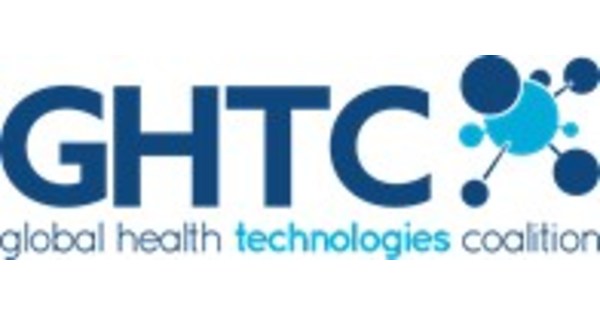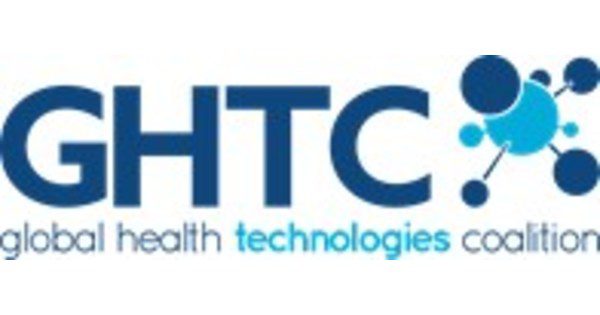New Report Credits WHO With Reforms That… Leave a comment

WASHINGTON, Aug. 10, 2022 /PRNewswire/ — Reforms to a World Health Organization (WHO) program that focuses on certifying the safety and efficacy of health products have accelerated access to these innovations in low- and middle-income countries (LMICs), yet the program continues to struggle with challenging processes and practices that could lead to unnecessary delays.
 Duke Global Health Innovation Center Logo
Duke Global Health Innovation Center Logo
This is the central finding of a new report released today by the Global Health Technologies Coalition (GHTC) and the Duke Global Health Innovation Center (GHIC) that examines the WHO prequalification program. The program conducts comprehensive reviews of the safety, efficacy and quality of medical products, work that became even more important during the COVID-19 pandemic. Approvals clear the way for procurement of new drugs, vaccines, vector control products and diagnostics by aid agencies and LMICs.
“We found that WHO has embraced reforms that can speed access to health technologies through expedited reviews of safety and efficacy,” said Jamie Bay Nishi, executive director of GHTC. “But we also identified issues that can be confusing for product developers and thus impede approvals. They included uncertainties regarding WHO review timelines, data needs and how prequalification is impacted by other WHO processes.”
Experts at Duke GHIC and GHTC analyzed the review timelines for two dozen WHO prequalified products. They also conducted interviews with WHO staff, product developers and regulatory experts.
They found a WHO process for expediting reviews of products already approved through the stringent reviews of high-functioning national regulatory agencies substantially reduced the time it took to achieve prequalification — from an average 17 months to just six months. Also, they noted the benefits of a new collaborative registration procedure in which regulatory product reviews conducted by WHO prequalification staff occur jointly with assessments by regulatory officials in LMICs.
Regulators in LMICs still conduct their own independent assessments of new medical products regardless of their approval by WHO. But doing this work jointly with WHO reviewers providing technical assistance and guidance allowed the first national product approval following WHO assessment of prequalification to occur within five months, on average, compared to a year lag when they were done separately.
The report notes that the faster timelines achieved through the expedited and joint review processes are illustrative of tangible benefits emerging from WHO reforms. It also applauded WHO for piloting procedures to streamline reviews of innovations targeting COVID-19 and drug-resistant tuberculosis, noting the potential to apply these practices more broadly in the future. But the analysis of the prequalification program also revealed a number of pain points in the WHO review process that warrant immediate attention.
For example, WHO does not provide estimated review timelines for all product types. This lack of visibility into the process makes it difficult for product developers to anticipate when WHO might reach a decision or request additional data. WHO also does not report performance indicators — data that could reveal whether reviewers are meeting internal expectations for completing product assessments.
Furthermore, the report noted product developers were sometimes confused about how WHO was conducting reviews within the parameters of its own stated policies. For example, WHO PQ procedures state that before a product can be prequalified, it already must be included in WHO policy or treatment guidelines. However, there were instances when the processes for developing guidelines occurred either in parallel with prequalification reviews or after the product was prequalified. While this kind of flexibility by WHO could be beneficial for expediting reviews, product developers found the lack of clarity around the process was challenging to navigate.
Finally, the report raises concerns that WHO staffing policies are putting a strain on the program’s ability to deliver on its mandate at a time when demands are increasing.
The authors identify specific actions that can address inefficiencies and bottlenecks in the prequalification program:
- Improve reporting and communication to generate greater clarity for stakeholders. This includes publicly releasing performance indicators and launching a public database with complete timeline information on all prequalified products. It also recommends developing additional resources that help product developers navigate the prequalification process and clarifying how it interacts with other WHO treatment and technical guideline development processes.
- Support the expanded use of interim or “living” guidelines for other novel products. The report notes that WHO recently relied on early or interim evidence to issue interim treatment guidelines for COVID-19 therapeutics and the treatment of drug-resistant tuberculosis. The report calls for expanding this practice. It’s a faster way to provide real-time information to health decisionmakers and reduces delays in the prequalification process.
- Provide greater opportunities for external stakeholder to inform prequalification processes and strategy. The report urges WHO to improve platforms and consultation processes for gathering ongoing feedback from product developers, regulators and product access ecosystem actors. It also recommends new efforts focused on expanding country and product developer participation in WHO’s collaborative registration procedure, given its success in speeding regulatory approvals.
- Adopt a new policy to enable the prequalification program to hire additional permanent staff and reduce reliance on consultants. The report explains that this would require WHO member states to approve changes to existing staffing policies, which currently limit the number of permanent staff that can be hired at WHO headquarters.
“Our research unearths important advances the WHO prequalification program has made in enabling greater access to lifesaving health products in low-income countries, said Elina Urli Hodges, assistant director of programs at Duke GHIC. “But by adopting additional stepwise changes to the way it communicates and engages with developers and regulators, we believe the program can better deliver on its mission to make quality essential medical products available to all who urgently need them.”
The Global Health Technologies Coalition (www.ghtcoalition.org) works to save and improve lives by encouraging the research and development of essential health technologies. We bring together more than 40 nonprofit organizations, academic institutions, and aligned businesses to advance policies to accelerate the creation of new drugs, vaccines, diagnostics, and other tools that bring healthy lives within reach for all people.
The Duke Global Health Innovation Center (www.dukeghic.org) supports the scaling of health care delivery and policy innovations through applied research and education to improve health worldwide. Duke GHIC links global health, health policy, and health innovation efforts across Duke University, and partners with Innovations in Healthcare, a Duke-hosted non-profit that aims to increase access to quality, affordable health care worldwide by scaling leading innovations.
For more information, please contact:
Katy Lenard at [email protected] or +1 301-280-5719
SOURCE Global Health Technologies Coalition



